Advertisement
'Pollinator-friendly' solar farms can be a boon for bees. In Mass., they're not always easy
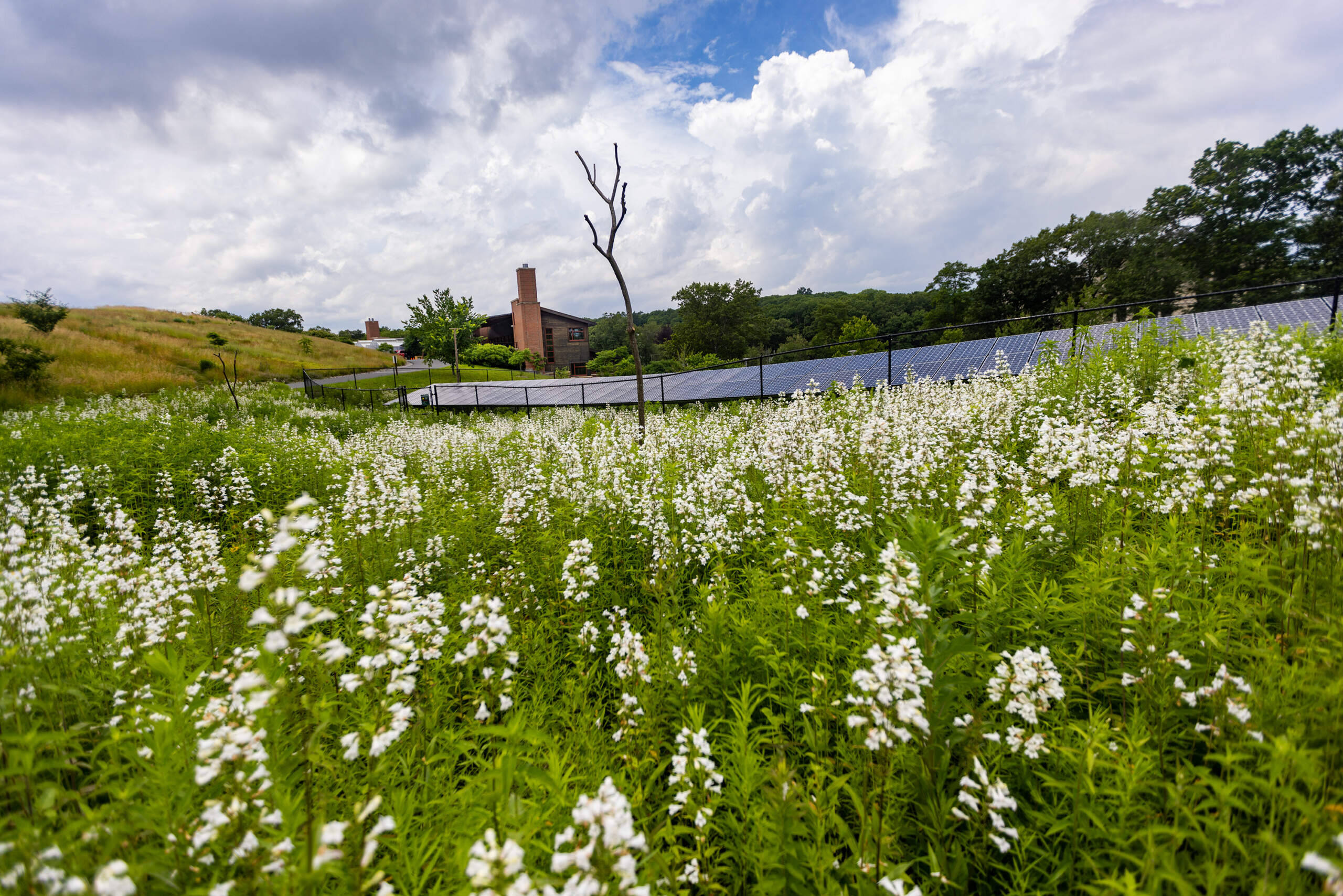
On a sunny day last June, Brendan Keegan walked down a mulch path at the Arnold Arboretum, unlocked a chain-link fence and stepped into a jungle.
The jungle was a wildflower meadow in early summer bloom, with blossoms of foxglove beardtongue, common yarrow and wild bergamot — some nearly chin-high — swaying in the breeze. The plants grew so thick in places that it was hard to walk through.
"If you just look at a couple square feet, you can really get a sense of the abundance that we have growing within this meadow," said Keegan, a horticulturist at the Arboretum and chief caretaker of the meadow. "We're hoping to attract as many pollinators as possible, and to make a good habitat for as wide a variety of species as possible."
It seemed to be working; bees, flies and other insects bobbed and weaved among the petals. It was a veritable pollinator paradise.
But what makes this meadow truly remarkable is its location: it's growing (mostly) underneath solar panels. The 1.2-acre solar farm at the Arnold Arboretum’s Weld Hill research facility was one of the first “pollinator-friendly" solar farms built in Massachusetts.
The state now promotes the concept as a way to encourage both renewable energy and biodiversity — specifically, native pollinating insects, many of which are in decline. In 2020, Massachusetts began offering a small incentive to commercial solar farms that grew successful pollinator meadows amid the panels. It's a lesser-known, less-intensive form of so-called "agri-voltaics" — growing food or grazing animals on solar farms. The state developed the criteria for "pollinator-friendly" solar in partnership with the University of Massachusetts, Amherst's Clean Energy Extension.
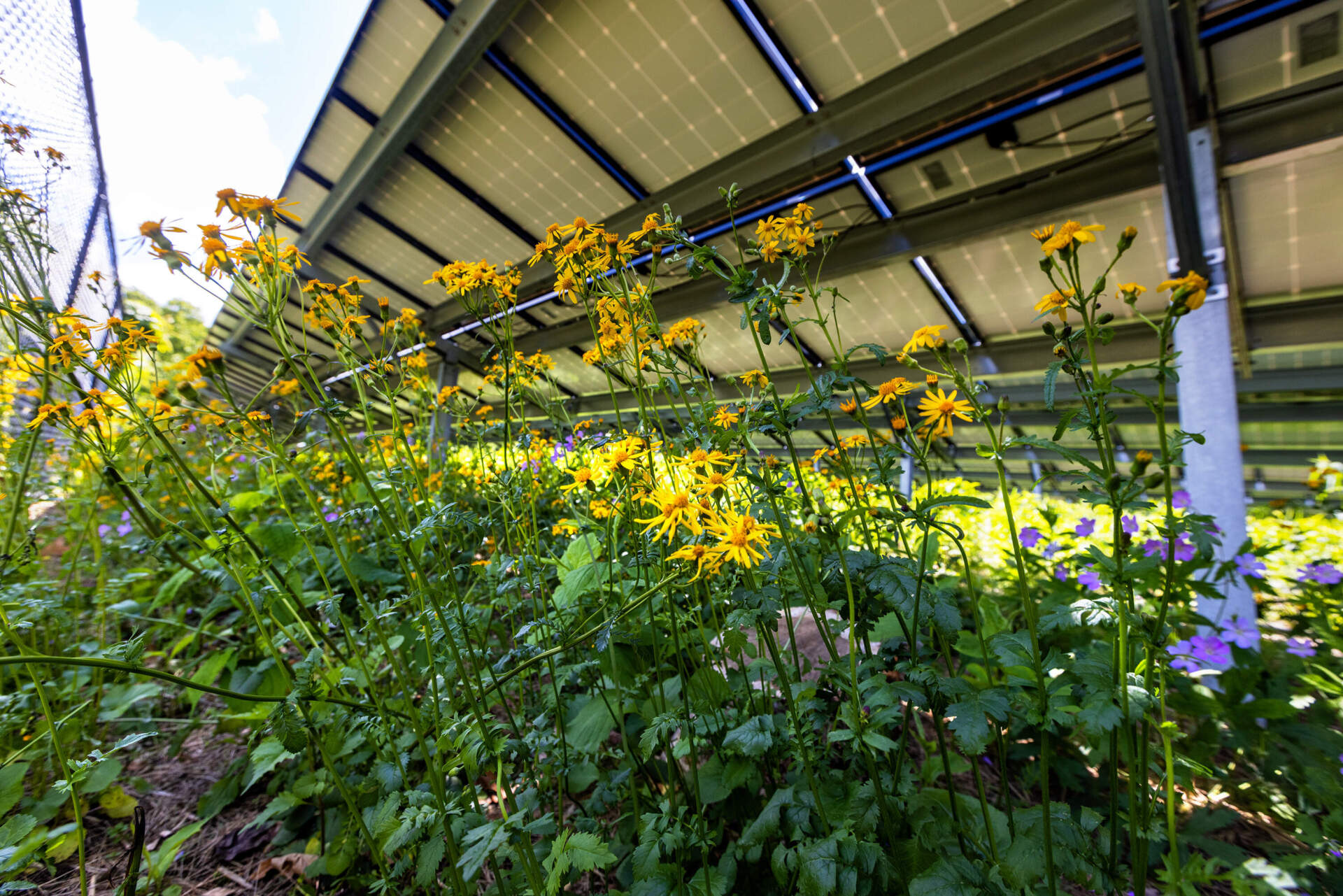
For the Arboretum, the idea blossomed when its leaders decided to build a new solar array over an existing lawn. They wanted something more ecologically valuable than the typical gravel or turf grass underneath — what Arboretum Director William “Ned” Friedman called "the antithesis of biodiversity."
"We saw this as an opportunity to change a monoculture of grass into something that supports the ecosystem of an urban environment," said Friedman, who is also a biology professor at Harvard.
But building a meadow under a solar farm is a lot of work, even for an army of botanists. Arboretum experts came up with a list of native shade-tolerant plants, then hand-collected wild seed from more than 40 species. They cultivated the most stubborn seedlings in greenhouses, then planted the flowers into dirt that had been prepared by months of weed suppression. After the plants went in, Keegan spent years hand-weeding invasive species — a job that will never actually end.
Advertisement
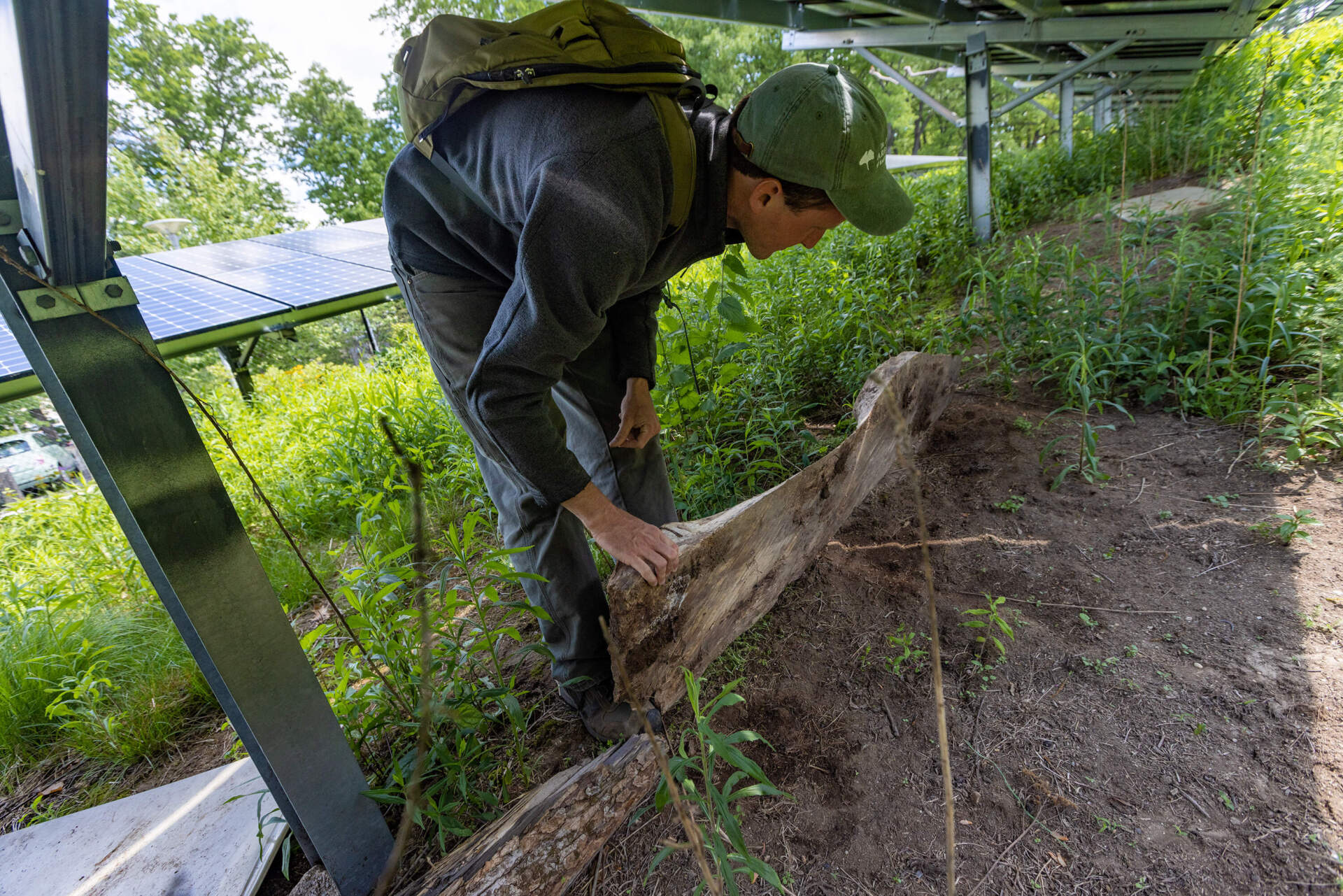
Three years in, the meadow is just getting established, and the Arboretum plans to do a full plant and wildlife census next year. But they've already documented many species of pollinating insects, along with rabbits, foxes, voles, red-backed salamanders, and 20 species of birds — including four nesting among the solar panels.
Friedman calls it “magnificent.”
"It is just a buzzing hum of insects going nuts," he said. "I would love to see this along the interstates. All these places where we have these panels — how beautiful would it be if you had this instead of grass?"
Friedman isn't the only one thinking like this: more than a dozen states currently have some sort of pollinator-friendly solar program. In Massachusetts, 45 planned projects have been certified so far, and about 17 of those have been built.
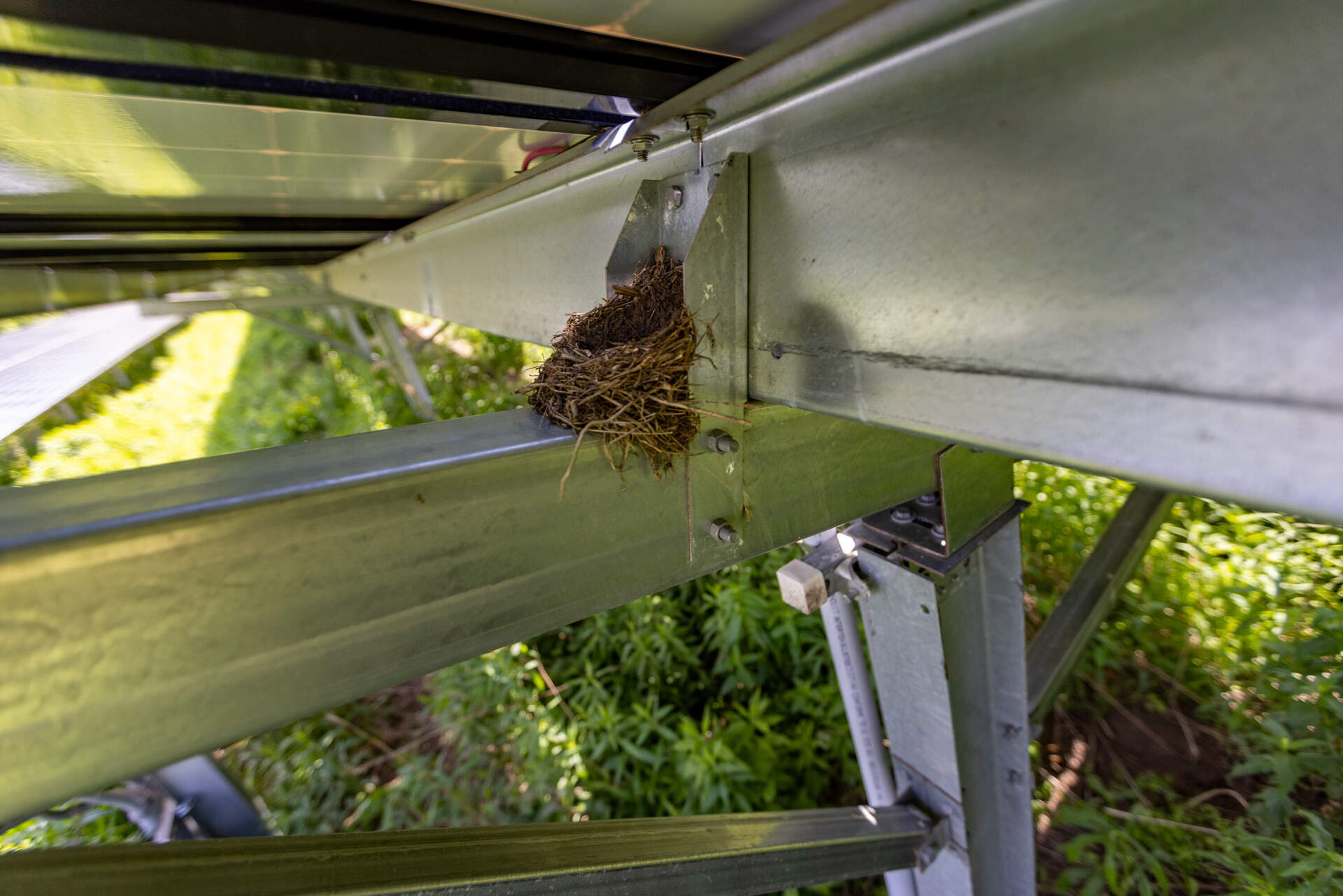
But the Arboretum’s success can be tough to replicate for commercial solar farms that don't have an army of botanists on hand.
"Wildflowers — you would think, you just throw the seed down and they would grow," said Lawrence Cook, the senior project manager with PureSky Energy. "They're wildflowers! They grow everywhere! Unfortunately, they need a little bit of encouragement."
PureSky Energy operates 11 solar farms in Massachusetts and is building more; two of the sites have pollinator meadows. Cook gave a tour of a 30-acre farm in Douglas. Walking around, there’s a sea of blue solar panels with some occasional flowers and a couple bees.
It looks more pollinator-friendly than, say, gravel, but not quite pollinator nirvana. That's partly because the meadow was recently mowed to suppress weeds, a standard practice while native plants are still getting started. Pollinator meadows can take three to five years to establish, and this one has a few years to go.
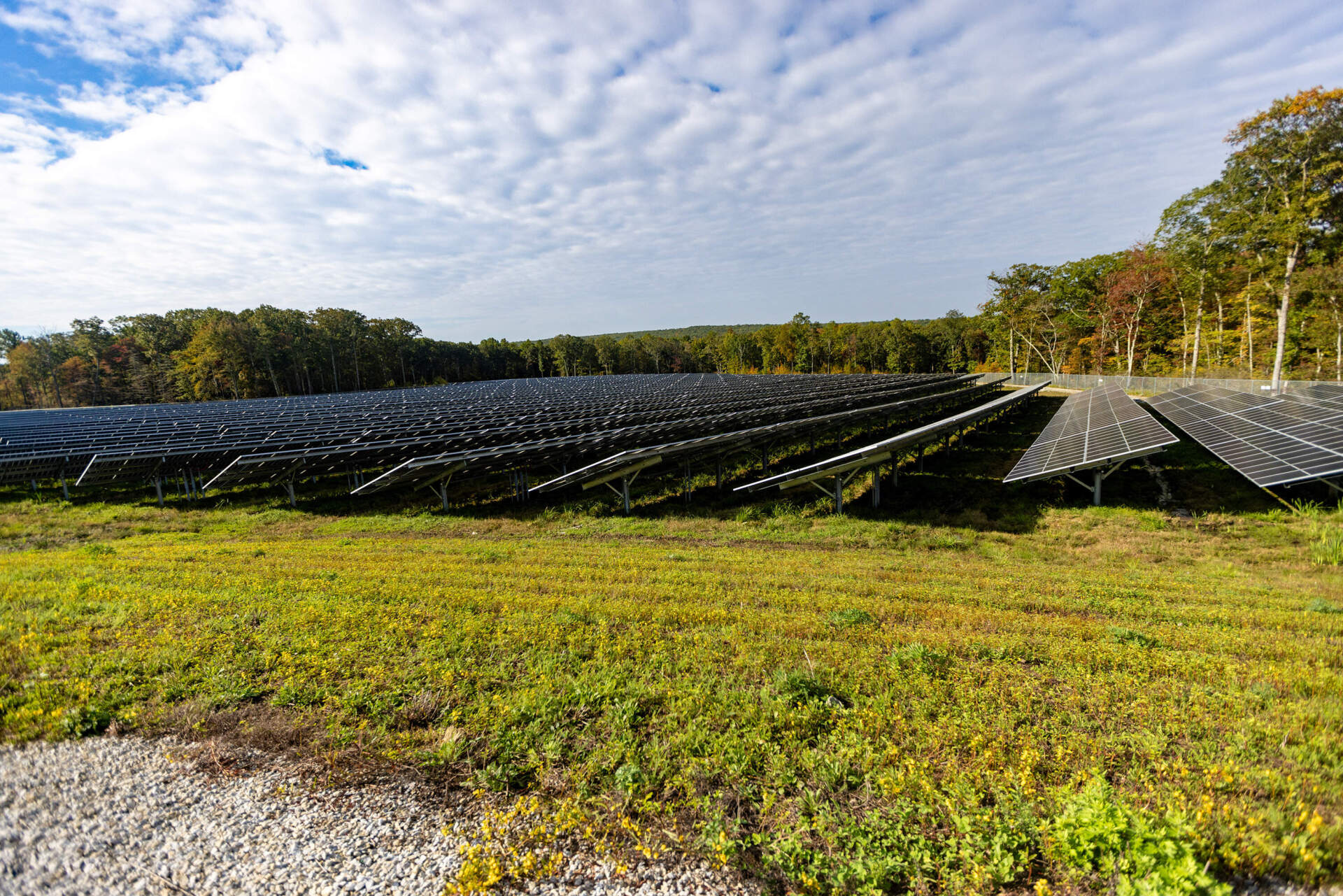
Getting the pollinator-friendly stamp of approval in Massachusetts is not easy. The Douglas site's "silver" certification, for instance, requires that 50% of a solar farm's footprint be planted with native seeds, which must include at least three species of blooming wildflowers each season. To welcome wildlife, the farm should also include bee boxes, bird houses and gaps in the fence to let turtles and and other critters through. Regular inspections keep developers honest.
"We have pretty strict requirements," said Zara Dowling, a research fellow at the UMass Clean Energy Extension. Dowling convened the team of experts who designed the criteria, and said that the Massachusetts rules are tougher than most other states'.
"You could put a lot of clover down, that's cheap," she said. "That's going to help some generalist bee species. But we're really focused on the native pollinators."
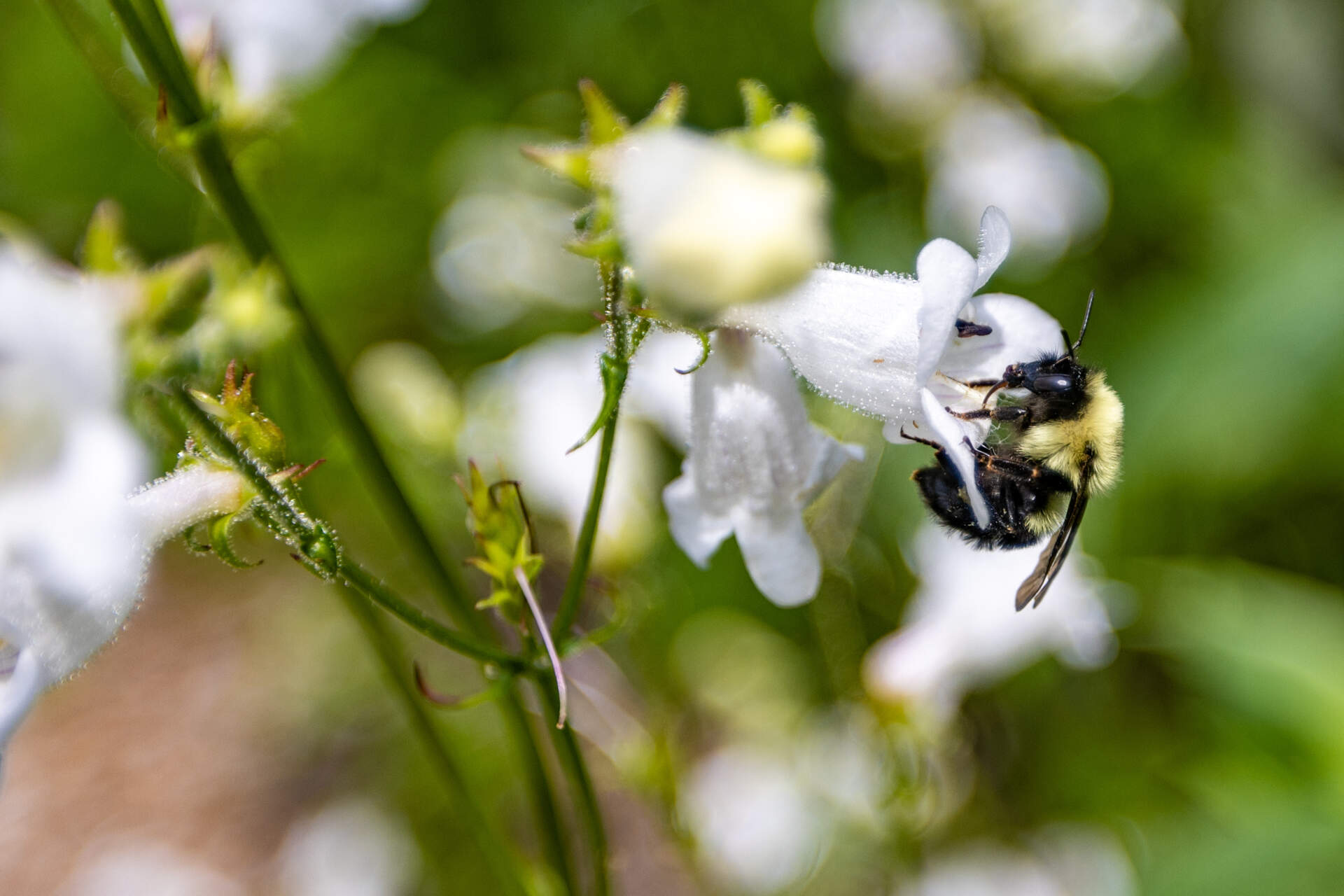
For all this work, certified farms earn a fraction of a cent more per kilowatt-hour for their solar energy. The extra money is designed to help developers recoup the costs of creating the meadow — things like seed, topsoil and labor — within the lifetime of the solar farm.
"It was done as a way to cover your costs, and for the most part it does that," Cook said. "But if there’s any issues in the establishment, it doesn’t cover any of the additional costs."
Cook said the meadow in Douglas has struggled with erosion; workers had to haul in new topsoil and seed to replant a couple washed-out sections. For some developers, the meadow becomes "a real millstone around the neck," Cook said.
In fact, some solar farms in the state have withdrawn from the program over financial concerns.
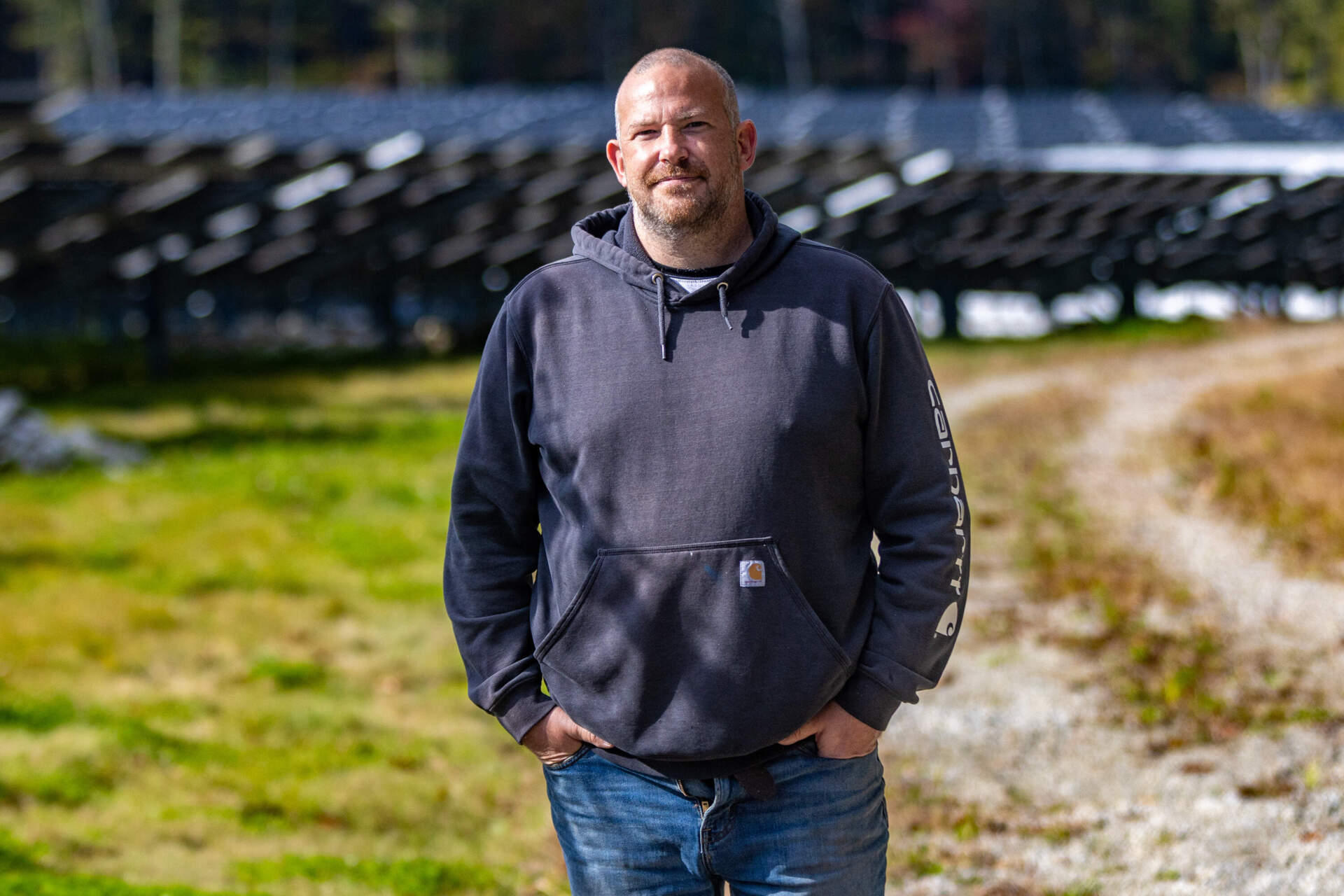
Some developers are also skittish, said Dowling, because the state is currently reviewing its solar incentives; there's concern that the pollinator program could diminish or disappear.
This seems unlikely, given that Massachusetts' 2022 climate law requires the state's solar incentive program to include a rebate for pollinator-friendly solar. A spokesperson for the Massachusetts Department of Energy Resources said that the agency is now working on a proposal to finalize the pollinator incentive, but did not provide details.
Cook said they’re sticking with their pollinator farm in Douglas regardless, because "it’s the right thing to do."
Building the farm in Douglas — like many in Massachusetts — required cutting down acres of forest. The project was contentious, and Cook said he hopes the meadow can address some of the habitat loss.
"If you're going to do solar and you have to cut down trees, then I think 'pollinator' is the least you can do, to kind of reset the balance with nature," he said. "It's a different habitat. But it is a needed and important habitat, nonetheless."
While some argue that cutting down forest for a solar farm is never a good idea, pollinator meadow or no, the state has set ambitious goals for solar energy, and where to put all those solar panels will continue to be controversial.
Massachusetts wants to move from about 4 gigawatts of solar capacity today to around 30 gigawatts by 2050, while preserving the most valuable land and forest. Some solar will go onto rooftops, but some will be built on land.
Proponents say pollinator meadows could offer a way to preserve — or even create — wildlife habitat by turning barren solar farms into living ecosystems, and could make green energy a little greener.
This segment aired on November 6, 2023.
